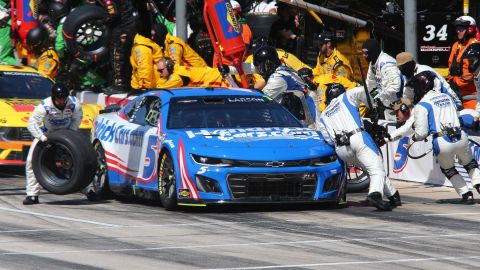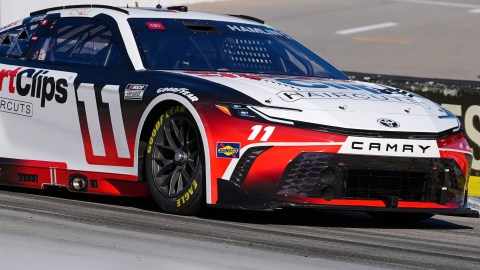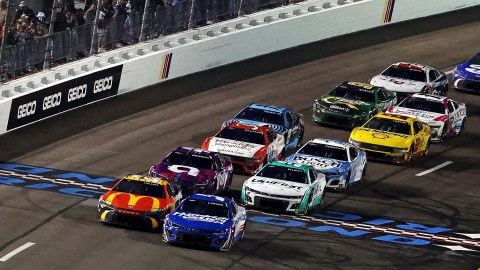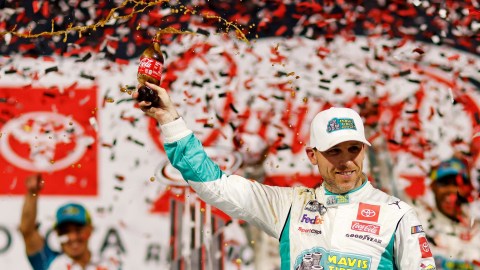After just the first day of the first Formula One preseason test, drivers are already shattering 2016 lap times. But it seems, as many feared, that increased pace could come at the expense of overtaking.
When speaking to Motorsport.com at the Circuit de Barcelona-Catalunya, Felipe Massa and Lewis Hamilton reportedly confirmed the 2017-spec F1 cars could lead to fewer on-track passes.
The regulation changes ahead of this season call for cars with wider tires and more downforce, resulting in higher cornering speeds. However, wider cars that generate aerodynamic grip leave more turbulent — i.e. “dirty” — air in their wakes, which impacts the aero of the car behind.
“I’m sure it will be more difficult to overtake. (Monday) driving behind cars you lose a lot more downforce, the car is also much bigger,” Massa told Motorsport.com.
Ahead of the 2017 season, Pirelli had to rework its tire compounds so they could withstand the higher loads. While current track temperatures in Spain are lower than they will be during the season, it still appears the Italian manufacturer succeeded. But Hamilton suggested the more durable rubber also could make it harder to pass cars on track.
“I was behind a couple of cars out there and it was harder to follow, as we expected,” Hamilton said, via Motorsport.com. “And then also, right now the tires are so hard that they don’t drop off, they just keep going and going and going and going.
“So most likely we’re going to be doing a lot more one-stoppers and, since there’s not degradation, less mistakes, less overtaking.”
There weren’t many people who doubted aero-reliant racers would make following more challenging, but we still held out hope it wouldn’t heavily impact the racing.
When Kevin Magnussen revealed in December he was bulking up to cope with the increased physicality of the new cars, he said the higher cornering forces actually could promote overtaking.
Magnussen reportedly told Danish network TV2 that drivers’ abilities to run the new cars on the limit of grip would be determined by their physical preparation. As a result, they could use that to their advantage, such as by braking later than a driver they’re battling or just by performing more consistently throughout an entire race.
It seems if that is the case, though, it will likely happen only at tracks that already were very physically demanding, such as Sepang International Circuit.
Thumbnail photo via Mercedes-AMG Petronas



